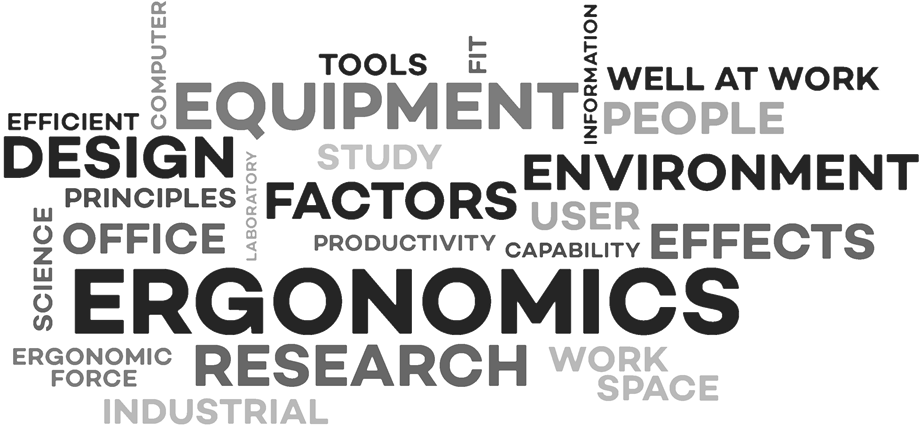
Ergonomic SaaS Automation Required During COVID-19
by Mark Heidebrecht & Sam Bradbury | April, 2020
SaaS | Internet of Things | Manufacturing | Sensors
Automation, Control & Plant Intelligence - Articles, Analysis, Reviews, Interviews & Views

by Mark Heidebrecht & Sam Bradbury | April, 2020
SaaS | Internet of Things | Manufacturing | Sensors


YOU MAY LIKE:
Popular Articles
Manufacturing Insights